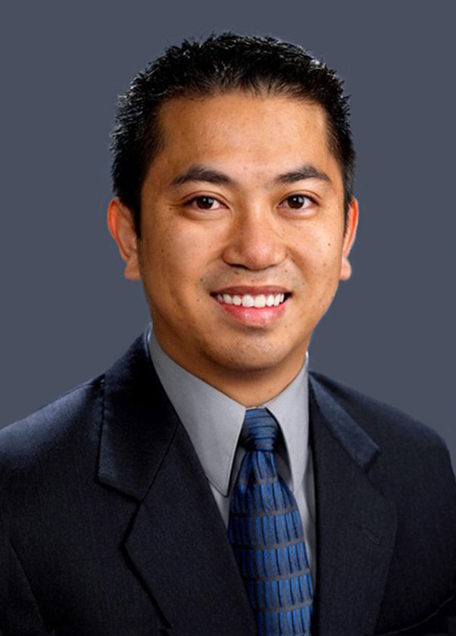Understanding the Premises Line Rule

January 16th, 2024
Sure Log
Attorney of Counsel, Michael Sullivan & Associates, LLP
Under the judicially created going and coming rule, an employee’s injury while commuting to and from work is not compensable under the workers’ compensation system, absent special or extraordinary circumstances. That’s because long ago, the California Supreme Court believed that an employee going to and from the place of employment did not render any service for the employer. (Ocean Accident and Guarantee Co. v. IAC (1916) 173 Cal. 313, 322.)
But, “In an effort to create a sharp line of demarcation as to when the employee’s commute terminates and the course of employment commences, courts adopted the premises line rule, which provides that the employment relationship generally commences once the employee enters the employer’s premises.” (Wright v. State of California (2015) 233 Cal. App. 4th 1218, 1231.) Injuries occurring after an employee has arrived on the employer’s premises generally are presumed compensable as arising in the course of employment. Moreover, what constitutes the employer’s premises has been broadly interpreted. The Supreme Court has stated, “The employer’s premises include his parking lot as well as plant or office, and once the employee has reached the premises, employment is not interrupted by crossing public property while traveling from one part of the premises to another.” (General Insurance Co. v. WCAB (Chairez) (1976) 16 Cal. 3d 595, 598-599.)
Recently, in Jones v. The The Regents of the University of California (2023) 97 Cal. App. 5th 502, the 4th District Court of Appeal again broadly interpreted the scope of an employer’s premises. In Jones, an employee of the University of California, Irvine (UCI) left her office and began riding her bike home. She fell off the bike while on university grounds and was injured. She and her husband sued the university in civil court. The employee alleged premises liability and negligence, and her husband alleged loss of consortium. The university asserted that the employee was limited to workers’ compensation under that system’s exclusivity rule. Specifically, it argued that the employee’s injuries were subject to workers’ compensation under the premises line rule.
The Court of Appeal agreed that the workers’ compensation exclusivity rule barred the civil claims because the employee’s injuries occurred in the course and scope of her employment as a matter of law. It found that the accident occurred on UCI’s campus, undisputedly owned by the university, just after she left her workstation. The court explained that the fact the employer’s premises were expansive did not supersede the premises line rule. It explained that any other interpretation would make the premises line yet another slippery concept that was difficult to apply uniformly. It concluded that because the premises line rule brought the employee’s injuries within the workers’ compensation scheme, the exclusive remedy rule barred her tort claim.
So, the employer’s premises for the purposes of the premises line rule is broadly interpreted, and while an employee is on those premises, she or he generally is covered by workers’ compensation for injuries sustained there. In Jones, the entire UCI campus was considered to be part of the employer’s premises, not just the building where the injured worker worked.
In some cases, the rule is limited. For example, police officers are not entitled to compensation for injuries while commuting to or from work just because they were injured on a public road within city limits. (See Luna v. WCAB (1988) 199 Cal. App. 3d 77.) Likewise, the WCAB has held that an employee for the city and county of San Francisco was not entitled to compensation for an injury on property under the control of the city and county, which was across the street from the building where he worked. (Cade v. WCAB (1978) 43 CCC 271 (writ denied)). So, if an employer is a city or county, not all injuries occurring on property owned or controlled by the employer are necessarily compensable.
Nevertheless, it’s clear in most circumstances that the courts broadly interpret what constitutes the employer’s premises. That means workers’ compensation must be provided to employees injured on the employer’s premises, no matter how expansive they are. Remember, the workers’ compensation system was adopted to provide relatively swift and certain payment of benefits to cure or relieve the effects of industrial injury without having to prove fault, but, in exchange, injured workers give up the wider range of damages potentially available in tort. The premises line rule was adopted to further that goal. In Jones, it worked to the employer’s benefit, affording it protection from the potential greater damages that might be awarded in civil court.
-

Sure Log
Attorney of Counsel Michael Sullivan & Associates, LLP
Mr. Log is a specialist in workers’ compensation defense and related labor law issues. He analyzes files for litigation and settlement, conducts research, reviews records to facilitate completion of discovery and drafts a variety of documents, including trial and appellate briefs. He was instrumental in a 2009 case that ended vocational rehabilitation in California.
Mr. Log prepares seminar material and co-authors white papers on significant topics in workers’ comp law, including “An Analysis of the New Regulations Regarding Disputes Over Medical-Legal Expense and Medical Treatment,” “Special Report: A First Look at SB 863,” about the 2012 legislation’s wide-ranging changes to the state’s workers’ compensation system, and “SB 863: Five Years Later.”
Mr. Log is also Co-Author of “Sullivan on Comp,” a 16-chapter objective analysis of California workers’ compensation law, updated monthly.
Unlock the knowledge, skills, and certifications that will shape your future in the industry
